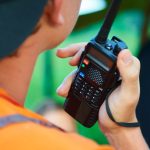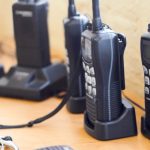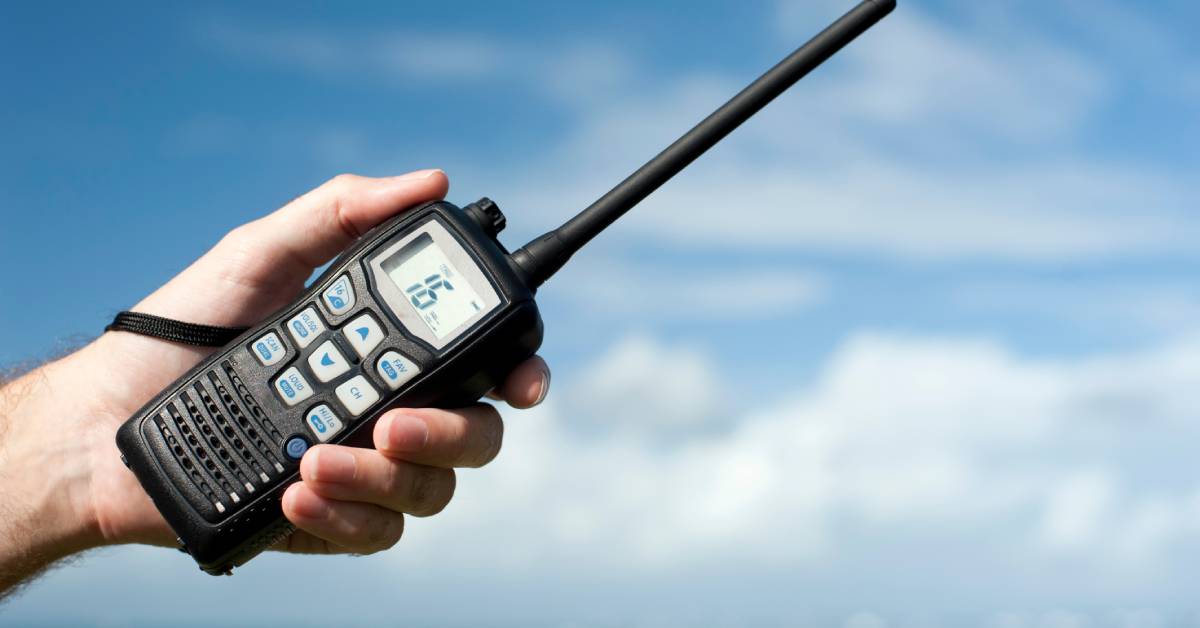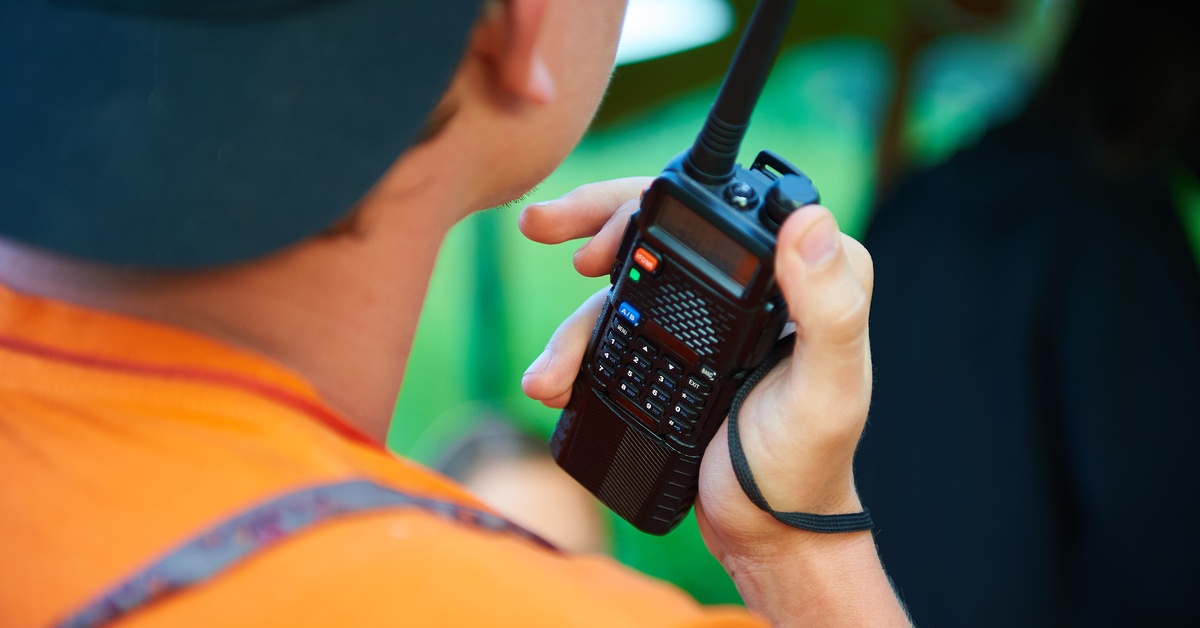Two-way radios are indispensable tools for communication, whether you’re coordinating a large event, managing a security team, or exploring the great outdoors. However, batteries are the lifeblood of operations, helping the units stay powered on. Unfortunately, without proper storage practices, these batteries lose their efficiency and lifespan over time.
This blog will walk you through how to properly store your two-way radio batteries, highlighting common mistakes and exploring why sustainable battery management is more important than ever.
Why Proper Storage Matters
Proper storage of two-way radio batteries is paramount for maintaining their efficiency and longevity. When batteries are inadequately stored, their performance can greatly suffer, leading to communication issues during critical moments.
In addition to the inconvenience of poor performance, mismanaged batteries can result in unnecessary replacement costs and contribute to environmental waste. By implementing proper storage practices, you not only ensure the optimal functioning of your batteries but also demonstrate a commitment to efficiency, safety, and environmental responsibility.
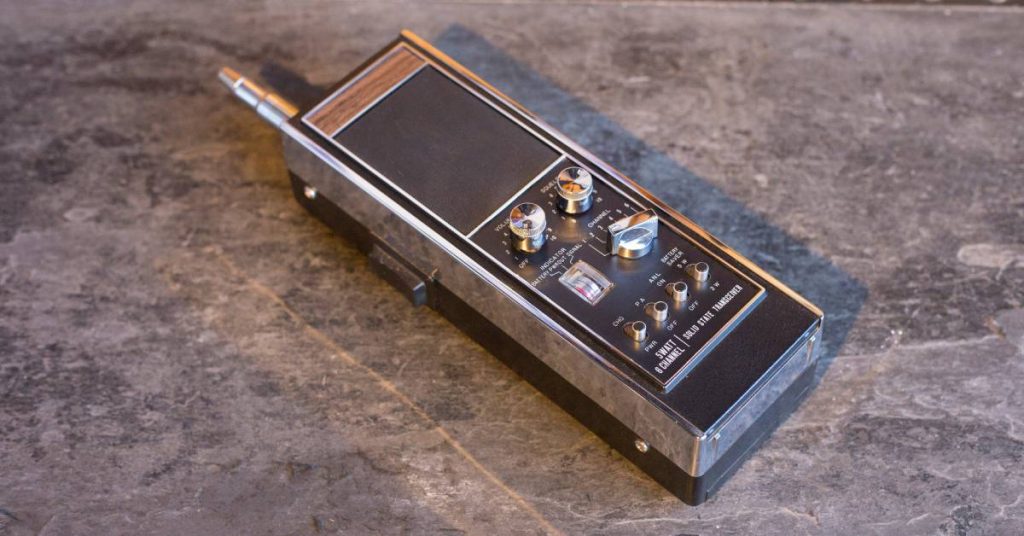
Factors Affecting Battery Life and Performance
Several external factors influence the overall life and performance of two-way radio batteries. When handled carelessly, these factors can accelerate wear and reduce charging capacity:
Temperature Extremes
Both cold and hot temperatures can have detrimental effects on battery performance. Freezing temperatures can cause batteries to discharge quicker, while excessive heat can stress the cells and lead to deterioration.
Overcharging or Undercharging
Improper charging practices can harm battery chemistry over time. Overcharging can cause the battery to overheat and lose capacity, while undercharging can result in incomplete charging cycles and reduced overall capacity.
Storage Conditions
Storing batteries in unfavorable conditions, such as high humidity or direct sunlight, can degrade battery performance and shorten their lifespan.
Physical Damage
Dropping or mishandling batteries can cause internal damage, compromising their performance and capacity.
Usage Patterns
Continuous high-power usage, frequent deep discharging, and prolonged storage without usage can all impact battery life and performance.
Being mindful of these factors and adopting proper storage and charging practices can maximize the lifespan and optimize the performance of your two-way radio batteries.
Best Practices for Storing Two-Way Radio Batteries
Now that you know what affects battery performance, let’s look at actionable steps you can take for proper storage.
1. Control the Storage Temperature
Store your radio batteries in a cool, dry place. Ideally, the temperature should be between 50 degrees Fahrenheit (10 degrees Celsius) to 77 degrees Fahrenheit (25 degrees Celsius). Avoid exposing them to direct sunlight, heat sources, or extremely cold environments to prevent long-term cell degradation.
2. Charge to an Optimal Level
Before storing, charge your batteries to about 50 to 70 percent of their full capacity. Storing fully discharged or overcharged batteries can chemically damage their cells, reducing efficiency after storage. Rechargeable lithium-ion batteries—widely used in two-way radios—retain their integrity best at a partial charge.
3. Keep Batteries Clean and Dry
Moisture and dirt can compromise battery terminals and connections. Before storage, wipe your batteries gently with a dry cloth, especially around the contact points. Then, store them in a sealed container or Ziplock bag to shield them from dust and debris.
4. Use the Right Storage Container
Avoid leaving your batteries loose in drawers or bags where they might come into contact with other metal objects (for example, keys). This could lead to a short circuit or potential fire hazard. Instead, use cases designed for battery storage.
5. Perform Monthly Maintenance
If you’re storing batteries for an extended period, remember to check and recharge them once a month. This ensures they maintain their charge stability and reduces the risk of capacity loss.
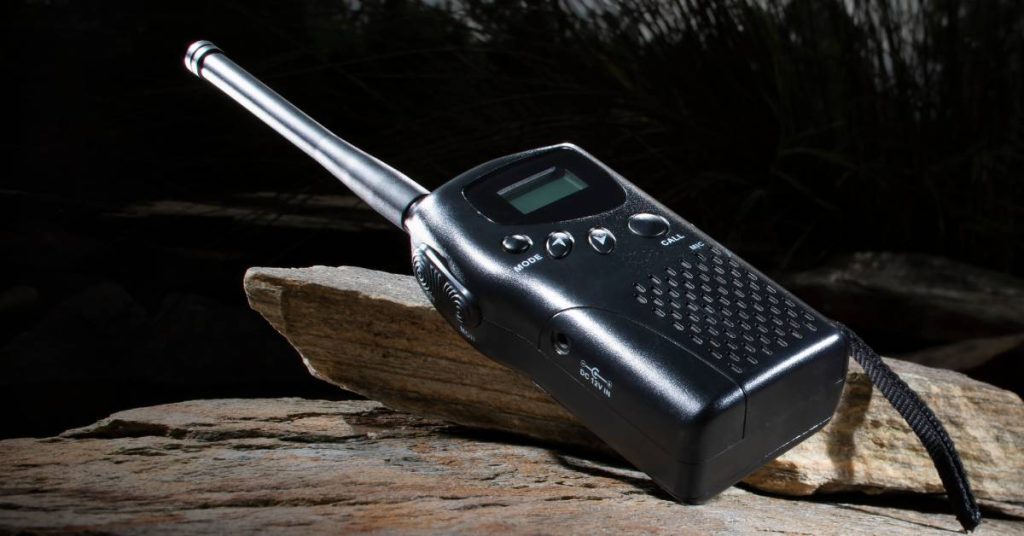
Common Mistakes To Avoid in Battery Storage
Mistakes are common, but they can often be easily avoided. Here are some pitfalls to watch out for:
- Leaving batteries unattended: Leaving radios in vehicles during summer or winter is a common oversight, as cars can become significantly hotter or colder than the external environment.
- Overlooking periodic maintenance: Long storage without recharging can severely degrade batteries.
- Using damaged batteries: When batteries develop physical damage, such as leaks or bulges, storing or using them could lead to safety hazards.
- Improper disposal: Throwing old or damaged batteries in the trash is harmful to the environment. Be sure to recycle them according to your local regulations.
Keep these common mistakes in mind to ensure your batteries last as long as possible.
Battery Use and Its Environmental Impact
Improper disposal of batteries can have severe environmental consequences, including:
- Soil contamination: The chemicals from batteries can leach into the soil, polluting the ground and potentially harming plants and organisms.
- Water pollution: When batteries end up in landfills, their toxic components can seep into groundwater and nearby bodies of water, posing a threat to aquatic life and human health.
- Air pollution: Improper incineration of batteries releases harmful pollutants into the air, contributing to air pollution and posing health risks to humans and wildlife.
- Ecosystem disruption: The contamination of soil, water, and air can disrupt local ecosystems and harm the delicate balance of flora and fauna.
To mitigate these environmental impacts, it is essential to recycle batteries responsibly and in accordance with local regulations. By doing so, we can help protect our environment and contribute to a more sustainable future.
Tips for Choosing New Batteries
When the time comes to replace your batteries, consider these tips to ensure optimal performance for your two-way radios:
- Select OEM (original equipment manufacturer) batteries. These are designed specifically for your device and offer better compatibility and performance.
- Match voltage and capacity requirements. Check your radio’s specifications to ensure the new batteries meet its requirements.
- Choose long-life lithium-ion batteries. Known for their efficiency, performance, and long cycle life, lithium-ion batteries are ideal for two-way radios.
- Research brand reviews. Look for reliable brands with proven expertise, as cutting corners on quality can result in short-lived batteries.
- Confirm warranty details. Batteries with warranties are a safer investment, offering some security in case of defects.
Always keep spares on hand so you’re not caught off-guard in the event of a faulty or drained battery.
Why Battery Storage Is Key to Safety and Longevity
Proper battery storage is about creating a safer, more sustainable environment for everyone. By taking the time to learn how to store your two-way radio batteries properly, your equipment will continue to deliver reliable communication when you need it most.
Looking for reliable, long-lasting replacements? Battery Distributors carries all the major brands at affordable prices. See how a Motorola XPR 6550 replacement battery can improve your communication abilities. Browse our collection of high-performance batteries, and find the perfect solution for your two-way radios.



